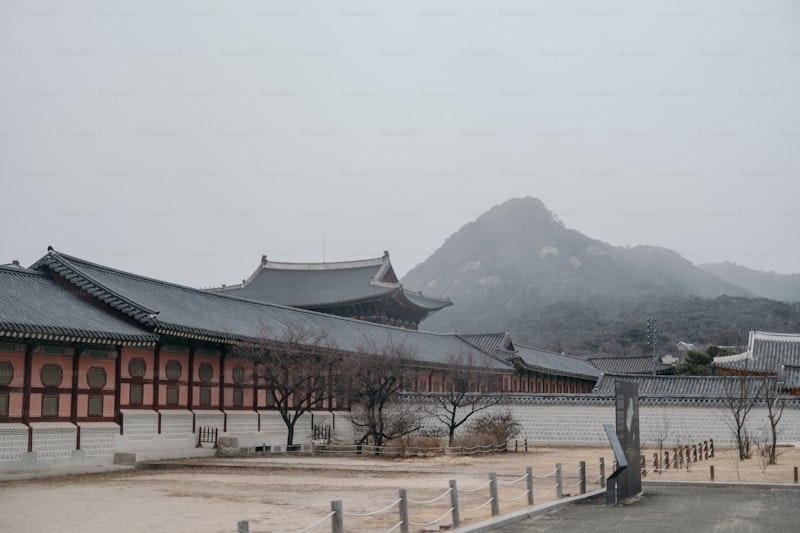Translating Heritage into Modern Ceremonies: Bridging Tradition and Innovation
The Essence of Cultural Heritage in Modern Celebrations
In an increasingly globalized world, the importance of maintaining cultural heritage has never been more crucial. Many communities are making significant efforts to preserve their traditions while adapting them to contemporary contexts. One of the most compelling areas of this evolution is in the way heritage is translated into modern ceremonies. This article explores the various facets of translating heritage into modern ceremonies, including the challenges, opportunities, and various cultural practices worldwide.
Understanding Heritage Ceremonies
Heritage ceremonies are vital expressions of culture, celebrating historical events, significant life milestones, and communal values. These ceremonies can vary widely from region to region but usually encapsulate unique elements that reflect a society's collective identity. Whether it’s a wedding, a festival, or a rite of passage, understanding the historical context and significance of these celebrations is essential in the process of modernization.
Challenges in Translating Heritage
While many communities endeavor to modernize their ceremonies, several challenges can hinder this process. Below are some of the most common obstacles:
| Challenge | Description |
| Cultural Resistance | Many individuals within a community may resist changes to traditional ceremonies, fearing a loss of identity or authenticity. |
| Commercialization | Modern adaptations can sometimes lead to the commercialization of ceremonies, undermining their original significance. |
| Generational Gap | Younger generations may find traditional practices irrelevant, leading to a disconnect between old and new. |
Opportunities for Integration
Despite the challenges, there are numerous opportunities for communities to effectively translate heritage into modern ceremonies. Some of the successful strategies include:
1. Community Engagement
Involving community members in the planning and execution of modern ceremonies allows for a participatory approach. Workshops, community meetings, and cultural dialogues can encourage meaningful contributions while honoring traditions.
2. Creativity and Innovation
Modern ceremonies can incorporate new technologies and innovative ideas while still respecting traditional elements. For instance, a modern wedding may still have a traditional ceremony but use digital tools for invitations or live streaming.
3. Educational Programs
Educating younger generations about the importance of heritage can foster appreciation and understanding. Schools and community centers can host programs that teach about the historical significance of various ceremonies.
Case Studies from Around the World
Let's delve into specific examples of communities successfully translating their heritage into modern ceremonies:
Japanese Wedding Ceremonies
Traditional Japanese weddings often incorporate Shinto rituals. Recently, many couples have chosen to modernize their ceremonies by blending Western-style features, such as white gowns and wedding receptions. This fusion respects the traditional while offering a contemporary twist.
Chinese New Year Celebrations
During the Chinese New Year, traditional customs like lion dances and family reunions still dominate, yet modern elements such as fireworks and digital greetings have been integrated. This approach has helped keep the celebration vibrant and relevant to younger generations.
Indian Festivals
In India, festivals like Diwali and Holi have retained their core values while adapting to modern times. For instance, eco-friendly celebrations are becoming popular, minimizing environmental impact while honoring age-old traditions.

Tips for Successfully Modernizing Ceremonies
If you're considering modernizing a heritage ceremony, here are some tips to keep in mind:
- Preserve Core Values: Identify the essential aspects of the ceremony that must be maintained even in a modern context.
- Seek Diverse Perspectives: Engage members from various backgrounds and age groups to ensure a well-rounded approach.
- Balance: Find a harmonious balance between tradition and innovation that resonates with the community.
- Feedback: After the event, solicit feedback to understand what worked well and what could be improved.
Final Thoughts
Translating heritage into modern ceremonies represents a beautiful blend of the past and present. While challenges exist, the opportunities for community engagement, creativity, and education can lead to successful transformations. As societies continue to evolve, so will their ceremonies, ensuring that cultural heritage remains a vibrant part of everyday life.
In conclusion, embracing both tradition and innovation can lead to meaningful and inclusive celebrations that honor the past while looking towards the future. Whether you’re planning to translate a personal ceremony or contribute to a community tradition, understanding the nuances of cultural heritage will guide you toward creating enriching experiences for all.